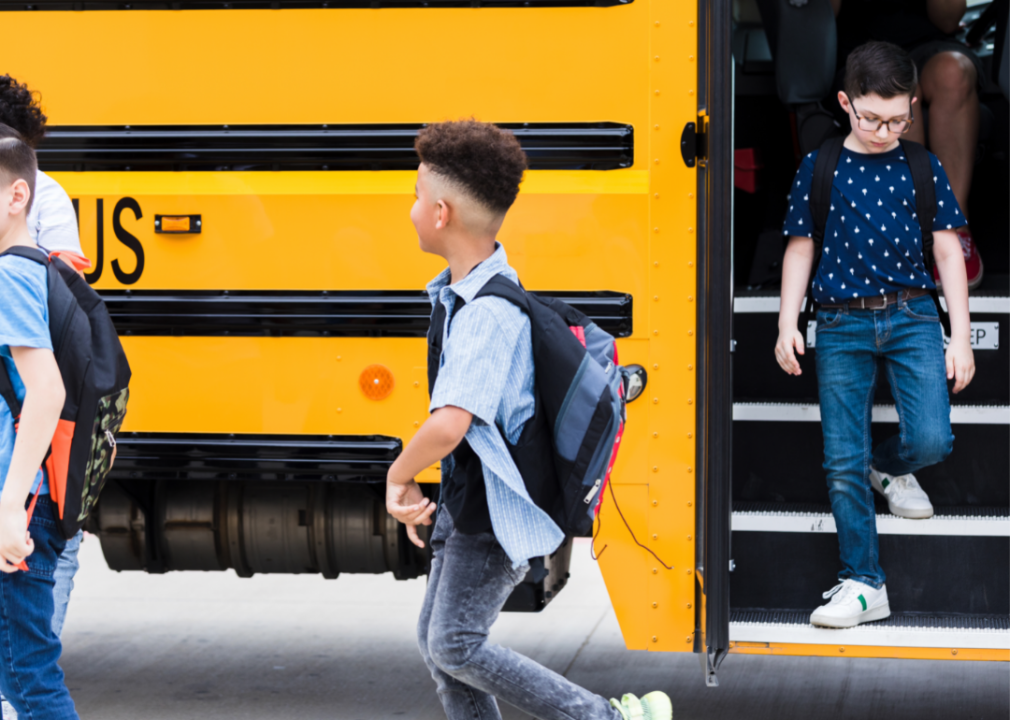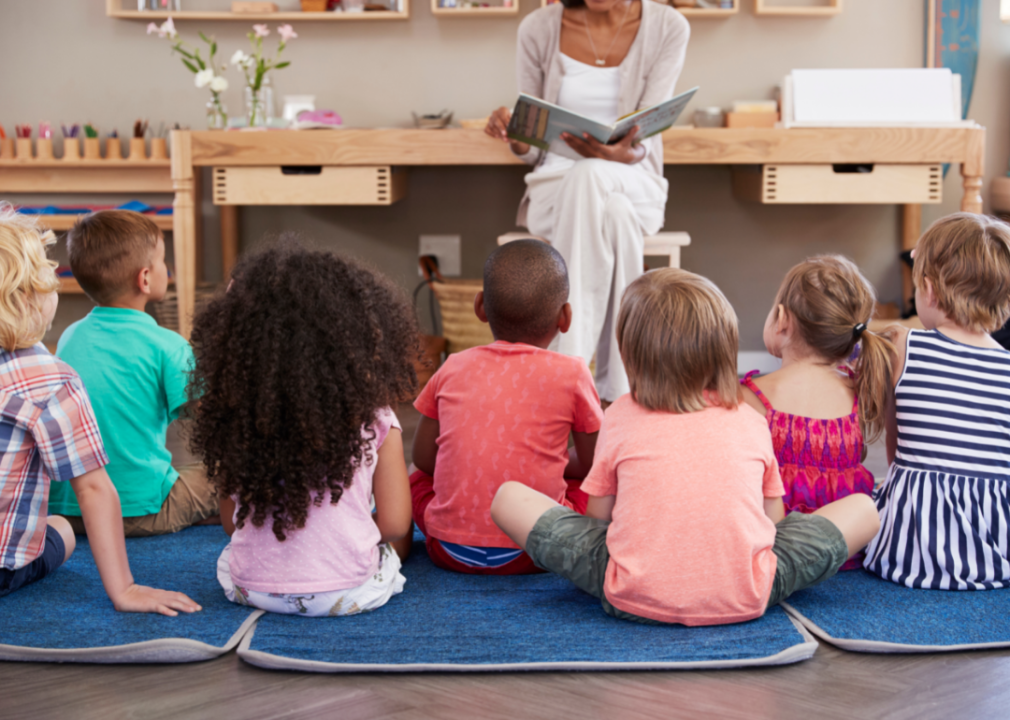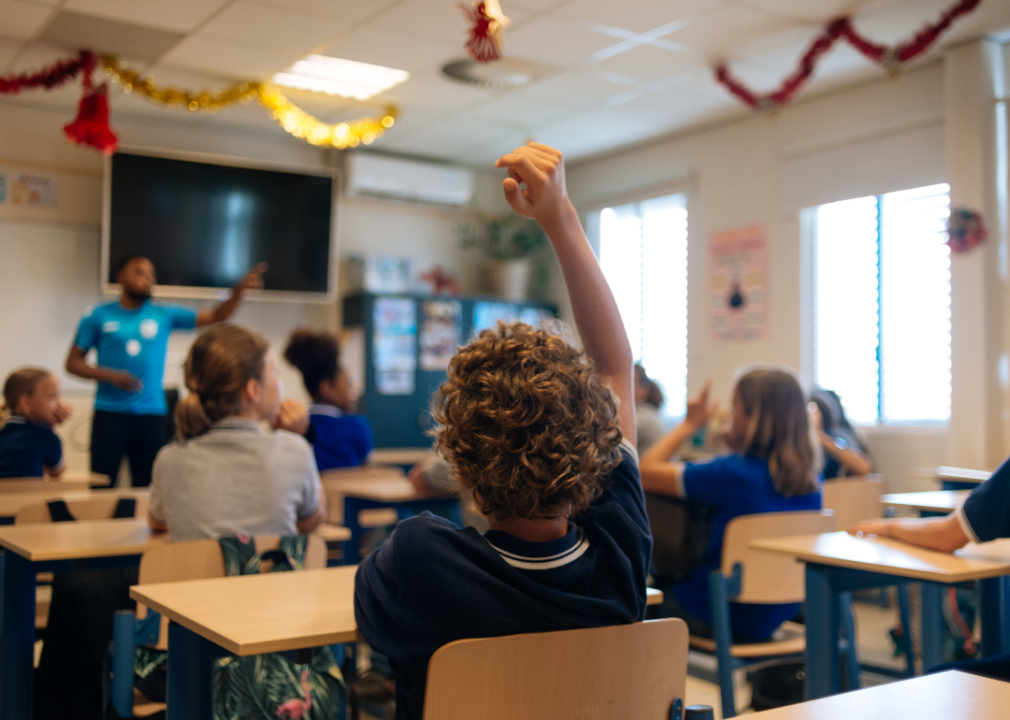Here’s how much K-12 enrollment dropped across the country in the 2020-21 school year

Canva
Here’s how much K-12 enrollment dropped across the country in the 2020–21 school year
As the world first buckled under the shadow of the COVID-19 pandemic in March 2020, school systems across the U.S. were faced, quite suddenly, with a situation they had neither anticipated nor were, in most cases, prepared for—having to take a curriculum designed for in-classroom instruction and adapt it to a fully remote learning environment.
There were varying levels of success. More affluent communities of course adapted more readily; they were able to distribute the necessary technology to their students in the form of Chromebooks and tablets, and they had already invested in such in-classroom technology as to make the transition to the virtual classroom manageable.
School districts in less affluent areas, however, reeled under the burden, as did the families within those districts, many of whom struggled to find dependable internet access and the means to assist younger students, many of whom could not handle e-learning alone, but required parental assistance. Parents themselves bore an inordinate level of burden, many having to choose between doing their jobs and becoming ad-hoc teachers for their children.
One of the major outcomes of this period only now being realized is the significant decline in K-12 school enrollment. There were many facets at play resulting in this drop, among them the aforementioned difficulties with providing technology to enable students to engage and the stark decisions many parents had to make in order to maintain their own employment. But there was also the fact that some school districts were simply not equipped to keep track of all their vulnerable students. And then there was the deep psychological toll the conflation of the pandemic and remote learning had on the kids themselves, which in many cases became the deciding factor in opting out of remote learning altogether.
In order to understand some of the key aspects behind the decline in our nation’s 51-million-plus student body, Stacker compiled insights from the National Center for Education Statistics’ Common Core of Data to illustrate how much K-12 enrollment declined during the 2020–2021 school year. CCD statistics are collected annually from state education agencies. This data is preliminary. Illinois was unable to submit data before the deadline and is not included in these figures, nor is the District of Columbia.
You may also like: Best public high school in every state
![]()

Canva
National K-12 student enrollment dropped by 3% across the US
The National Center for Education Statistics found while there was indeed a 3% decline in national public school enrollment during the 2020–2021 school year—a drop equal to roughly 1.5 million pupils—there was a disequilibrium in that decline among the various grade levels.
The sharpest declines were seen in the preschool and kindergarten levels—22% and 9% respectively—while grades 9–12 saw a less than 1% drop. This difference may be attributed to fewer parents entering their children into early education amidst the COVID-19 pandemic.
Overall, the effect on enrollment is the largest decline in over two decades, which means it is also the largest since the start of this century. Various reasons have been cited for this decline, among them an increase in home-schooling, a shift from public schools to charter schools and private schools, and parents waiting another year to enroll children in pre-K or kindergarten.

Canva
The most pronounced declines were in Mississippi and Vermont
While Vermont school enrollments were in a state of measured decline already, the pandemic accelerated that rate of decline, resulting in a 5% drop (approx. 4,400 students) as of fall 2021, according to data from the Vermont Agency of Education. School districts in the state generally offered two options: an all-virtual option or full-time in-person. Some parents didn’t want their children in school with COVID-19 protocols in place; others didn’t want to take the risk of in-person school at all. Consequently, homeschooling numbers more than doubled.
Mississippi also saw a 5% enrollment drop. The state’s Department of Education found homeschool enrollment increased from 18,758 to 25,489, removing 6,731 students from public schools. Sadly, Mississippi had begun to develop an upward trend in the value of its educational system, pre-COVID-19. But with more and more parents having kept their children home for the fall 2021 semester, or trimester, the state became simply one of many hit hardest by the continued uncertainty of the pandemic.
Elsewhere in the nation, Washington, New Mexico, Kentucky, New Hampshire, and Maine all decreased by 4% or more.

Canva
The earliest levels of education saw the steepest declines
– Preschool and Kindergarten: 13% decrease
– Grades 1 to 8: 3% decrease
– Grades 9 to 12: 0.4% increase
Given the importance of early learning experiences for children in pre-K and kindergarten, early-grade enrollment drops were particularly troubling. Pre-K and kindergarten rolls fell 13%, a massive leap over the drop in primary and middle school rolls (3%).
Education nonprofit RoadMap found, for example, that rural Kansas school districts—where access to the internet and physical technology to enable remote learning was hampered—suffered a marked decrease in reading ability in grammar school-aged students during the first year of the pandemic.
Rural schools account for nearly half of all districts in the state, but make up two-thirds of all districts that experienced a 10-point or higher drop in Level 1 reading, and 82% of the districts that saw a 20-point or greater decline in the same.
Reading instruction has been linked to reductions in grade retention (i.e., students held back) and special education referrals, but online learning has proven particularly challenging or impractical for very young children, and parents found themselves cobbling together a pale imitation of what students would have experienced in the classroom. Between scrambling to keep up with closures and adapting to new policies, many parents opted for private in-person learning or, in the case of parents able to work from home, homeschooling.
Older students—those in grades 9 to 12—have seen the least opt-out levels (0.4%), which reflects their relative ability to adapt to virtual learning. However, one study suggests the relatively minuscule drop in upper-grade enrollment does not reflect a “thriving gap” among students, who are dealing with heightened social, emotional, and academic well-being issues.
You may also like: Highest-paying jobs with no formal education requirements